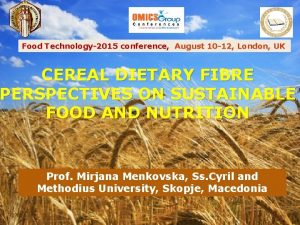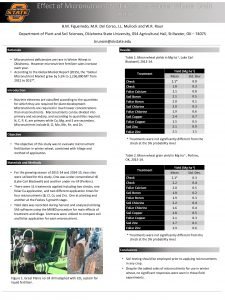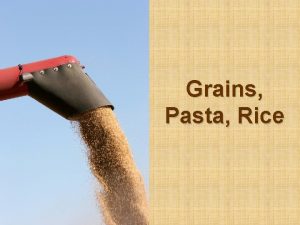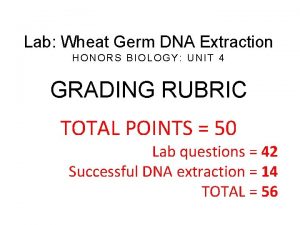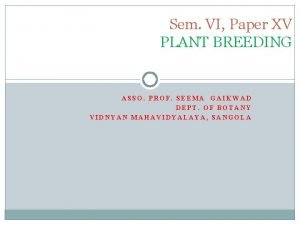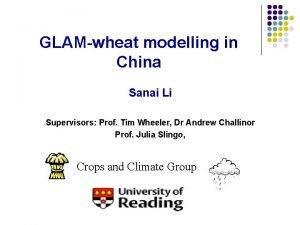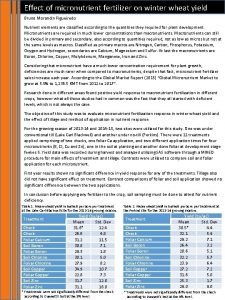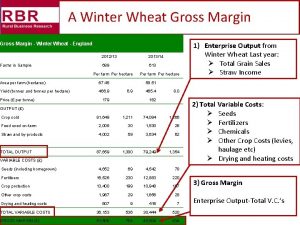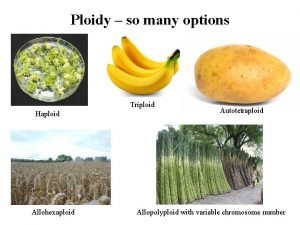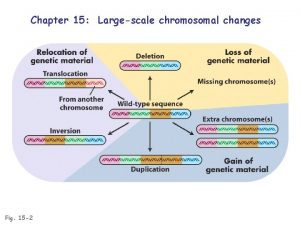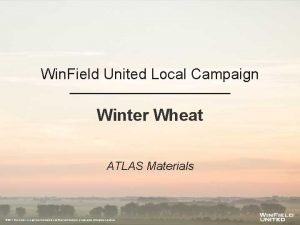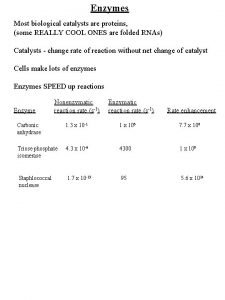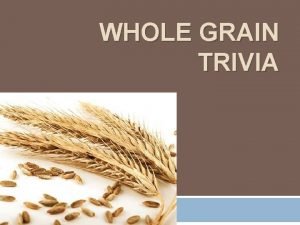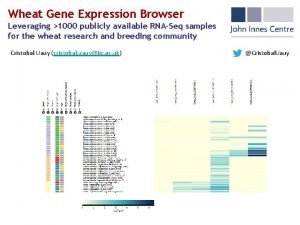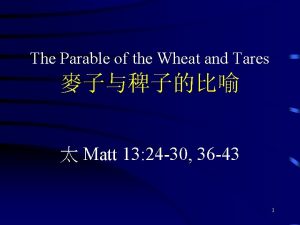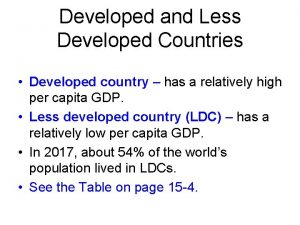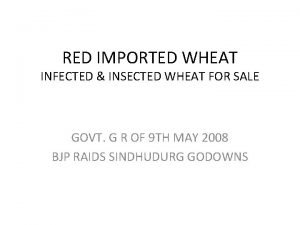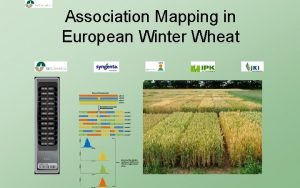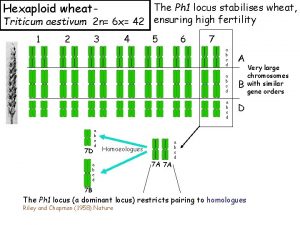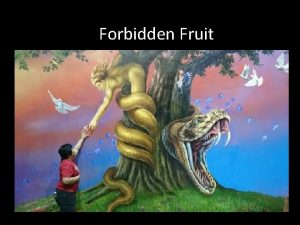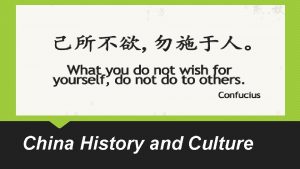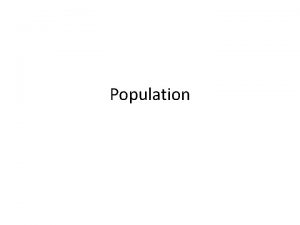Wheat A history of wheat Wheat was developed






































- Slides: 38

Wheat







A history of wheat Wheat was developed from wild grass plants in Syria and the surrounding Middle East approximately 10, 000 years ago! It was the first crop to be cultivated and is now the third most widely grown crop in the world. Syria

Growing wheat Wheat has a relatively short growing season and thrives in temperate climates. The wheat seed is the part of the plant that we use. Most commonly known for being ground into flour for making bread. The stem, leaves and roots of the plant are usually recycled by the farmer, either being ploughed back into the soil, or used as livestock feed.

How much wheat? One wheat seed planted in a pot grows into a plant with several shoots. By the time the plant is ready to harvest, its flowers will contain around 500 seeds. ( 1 seed produces 500 seeds!) Although, in a farm field its more like 180 seeds per plant as the plants are growing very close together and so can’t grow as big. . 1 m 1 m² 1 m of wheat field = 1 Kg of wheat seed = 800 g of flour = 1 loaf of bread

Types of wheat Hard Wheat Soft Wheat Bronze coloured Light golden coloured High gluten content High starch content Flour used for bread making Flour used in pastries, desserts and sauces

Gluten and starch Gluten • Protein naturally occurring in wheat. • Acts like a binder, holding food together and adding a “stretchy” quality. Microscope Images of Internal Structure of Gluten from Extra Strong and Weak Bread-Making Wheat Varieties. Image credit: B Khatkar and V Dhaka, Journal of Food Quality Starch • Carbohydrate naturally occurring in wheat. • Often used as a thickener, filler and stabiliser.

Wheat Breeding Through the years, certain wheat varieties have been bred with others to produce desirable traits in the offspring plant. For example, plants have been bred to; • grow in harsher climates • resist diseases • produce more wheat seed (bigger yields) DNA is tightly wound up into structures called chromosomes in plant cells. This holds all the instructions that tell a plant how to grow. When plants are bred (crossed) they swap information and pass on a new mixture of traits to their offspring. Parent plants Variety one Variety two Grows in colder climates Produces lots of seeds Offspring Can grow in colder climates AND produces lots of seeds

Wheat diseases Some types of wheat are more susceptible to some diseases than others. A winter wheat variety called Vuka is susceptible to a disease called Yellow Rust that’s caused by a fungus. In this microscope image you can see spores of the yellow rust fungus bursting out of the wheat leaf.

Science Activity One The Wheat Guessing Game

Question 1 If we planted one wheat seed in a pot – How many roughly could we expect to get back when the wheat plant is harvested? A 5 B 10 C 100 D 500

Question 2 What does a wheat seed need to germinate? A A nice bed time story B Sunshine C Warmth and water D Coca cola

Question 3 Which of these plants is most related to wheat? A Carrots in a farmers field B Grass in a playing field C Cabbages in a garden D Peas on a plate

Question 4 What is the smallest part of a wheat plant? A Leaf B Seed C Cell D Root

Question 5 Who grows the biggest yields of wheat in the world? A UK B Germany C Russia D USA

Science Activity Two Discovering Wheat Plants

Discovering Wheat Plants Materials for each group - 2 -3 wheat plants - magnifying glasses - pencil and plant labelling sheet - Ruler/tape measure

Have a look at the wheat plants on your table How many different plant parts can you identify? - Fill out the worksheet Roots Stem Ear Leaves

Measure your plant • How tall is your plant? • How many stems and leaves can you count? • How many seeds are in a single wheat ear?

Taking a closer look at your plant Using a microscope or magnifying glass: • Can you see any flowers? • Do they look like flowers?

Create a word bank! What new words have you come across?

Science Activity Three Gluten Balloons

Gluten Balloons Materials per group • • • Sieve/colander Bowl Spatula/spoon Bread flour Mug And a bicycle pump!

Method 1. First create a dough ball Add 2 mugs of flour into the bowl and slowly mix in 1 to 1 ½ mugs of water. Stirring to create a dough ball. 2. Wash out the Starch Place the dough ball in the sieve and wash out the starch. Squeeze the dough to wash it thoroughly. Once the water runs clear you have a gluten ball!

3. Create your balloon! Questions Dry your gluten ball and knead it so it appears smoother. Flatten it out slightly and then wrap it around the end of the pump. Make sure there are no gaps. Now pump up your gluten balloon! • How big can you make your balloon? • How has the texture of your dough ball changed since washing out the starch? Pinch and hold the gluten balloon around the end of the pump. • You used bread flour to create your gluten balloon. Do you think your balloon would be different if you used a different flour to make it?

Writing Activity

Poetry During this session we will use the concepts, experiences, images and new vocabulary from the science as a starting point for writing poetry! What you will need: Pen/pencil Paper lined or plain Your word bank Science images

A Dream of Wheat From a plain packet of seeds comes sunsweetened stalks grasshoppers singing spiders weaving -in a sea of wheat that will someday seasoned by wind and rain – become bread we eat. birds diving mice hiding - By Irene Latham

Wheat inspired poetry Can you think of some “wheat” words? Some things to think about: Does wheat make a sound? What does it look like? Can you think of what wheat smells like? Use the word bank we created earlier to help you!

Art Activity One Wheat collage

Wheat Collage Materials: Paper and pencil Glue Wheat (seeds and ears) 1. Working in pairs, draw around your hand – you have created a wheat flower shape! 2. Decorate your wheat flower with the seeds and wheat ears you used in the science activity and cut it out. Let it dry

Art Activity Two Wheat Varieties

Wheat Varieties Materials: Clay carving tools Wheat parts Rolling pin 1. Experiment making patterns! Roll out some clay and experiment with what patterns you can create by pressing parts of the wheat plant into the clay and using any tools that you have. 2. Create a chromosome tile! Roll out some clay and cut out a square tile shape for your final pattern design.
 Antioxidants means
Antioxidants means Grassland wheat
Grassland wheat Wheat germ dna factory
Wheat germ dna factory +micronutrient +fertilizer +wheat
+micronutrient +fertilizer +wheat Australian wheat board
Australian wheat board Corn minus the hull and germ
Corn minus the hull and germ Wheat and tares difference
Wheat and tares difference Wheat initiative
Wheat initiative Wheat germ dna factory
Wheat germ dna factory Breeding objectives of wheat
Breeding objectives of wheat Wheat
Wheat Cheyenne nicole wheat
Cheyenne nicole wheat Wheat yield
Wheat yield Some natural resources such as wheat and cattle are
Some natural resources such as wheat and cattle are +winter +wheat +micronutrient
+winter +wheat +micronutrient Wheat gross
Wheat gross Secondary processing meaning
Secondary processing meaning Wheat
Wheat Mulika spring wheat
Mulika spring wheat Primary processing of cereals
Primary processing of cereals Food and nutrition 2 state test review
Food and nutrition 2 state test review Wheat
Wheat A merchant mixes three varieties of wheat costing
A merchant mixes three varieties of wheat costing Wheat seeds atlas
Wheat seeds atlas Omega-5-gliadin
Omega-5-gliadin The wheat field was a sea of gold figurative language
The wheat field was a sea of gold figurative language Colbert wheat thins
Colbert wheat thins Your face is killing me figurative language
Your face is killing me figurative language Wheat
Wheat Ikatan glikosidik
Ikatan glikosidik Accelerate wheat
Accelerate wheat Grass spikelet
Grass spikelet Wheat germ acid phosphatase km vmax
Wheat germ acid phosphatase km vmax Quesrcus
Quesrcus Luke 22 verse 31
Luke 22 verse 31 Bread is made of wheat true or false
Bread is made of wheat true or false Wheat expression browser
Wheat expression browser A farmer plants corn and wheat on a 180-acre farm
A farmer plants corn and wheat on a 180-acre farm The wheat and tares
The wheat and tares

